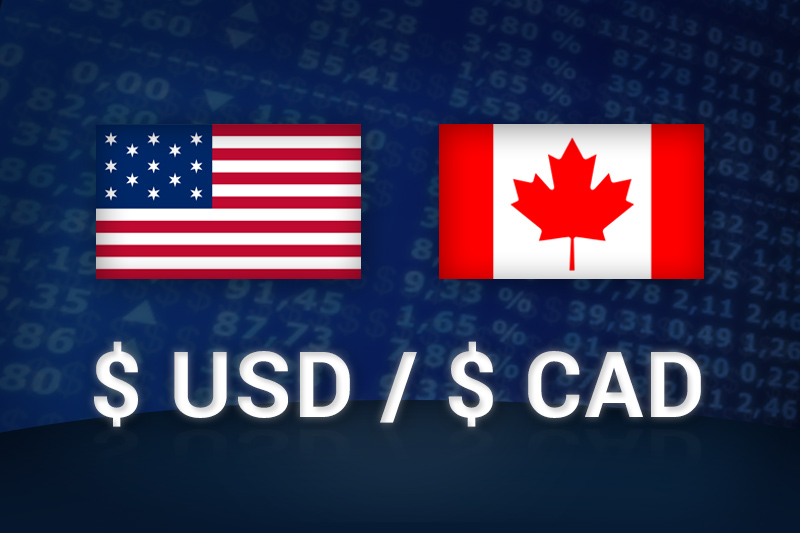Investing.com - The U.S. dollar hit four-year highs against its Canadian cousin on Wednesday after the Bank of Canada left interest rates on hold and warned that the inflation will remain low for some time to come.
USD/CAD hit 1.1064, up 0.87%, up from a session low of 1.0954 and off a high of 1.0171.
The pair was likely to find support at 1.0930, the low from Jan. 20., and resistance at 1.1103, the high from Sept. 3, 2009.
The BoC maintained the target for the overnight rate at 1%, which came as no real surprise to the markets.
However, the central bank said Canadian inflation has fallen further below its 2% target and added monetary authorities expect inflation to remain well below target for some time.
Canadian economic growth improved in the second half of 2013, the BoC added, pointing out that stronger demand from the U.S. and the recent depreciation of the Canadian dollar was expected to help bolster exports going into this year.
Meanwhile in the U.S., the dollar held stable as investors looked ahead to the Federal Reserve's monetary policy meeting next week.
Investors were betting the U.S. central bank will trim USD10 billion from its monthly bond-buying stimulus program and take it down to USD65 billion a month.
The asset-purchasing program, which began in 2012 at USD85 billion, aims to spur recovery by keeping long-term interest rates low, which weakens the dollar as a side effect and sends investors chasing stocks.
The loonie, as the Canadian dollar is also known, softened against the euro and the Australian dollar, with EUR/CAD trading at 1.4998, up 0.84%, and AUD/CAD up 1.31% at 0.9788.
Australian consumer prices rose 0.8% in the three months to December and were up 2.7% on a year-over-year basis, beating market expectations for a 0.5% quarterly increase and an annual gain of 2.5%.
On Thursday, Canada is to produce data on retail sales, the government measure of consumer spending, which accounts for the majority of overall economic activity.
The U.S. is release the weekly report on initial jobless claims and a private sector report on existing home sales.
